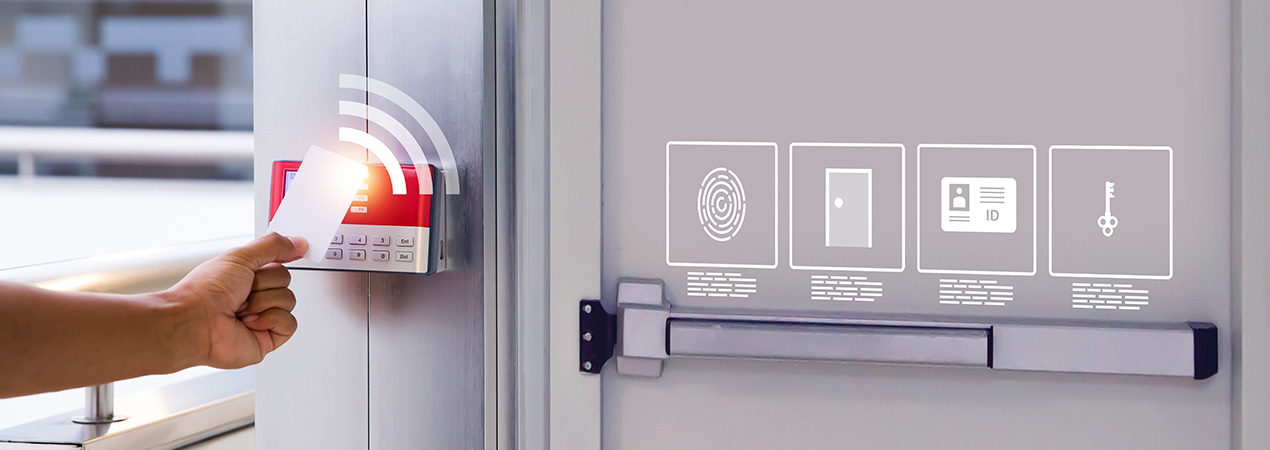How basic and cutting-edge generative AI tech can transform a security operation
There is so much buzz surrounding Artificial Intelligence (AI) these days; however, if you are like many in the security and life safety business, you may think that applying AI to your business’s daily operations is a distant reality. In actuality, today’s security and life safety business executives are likely more concerned about being squeezed by economic factors like inflation, as well as an extremely tight labor market.
According to a 2023 analysis by Associated Builders and Contractors, a national trade association, the skilled trades industry is short more than half a million workers – a shortfall that security integrators have become all too familiar with, and many businesses simply need to do more with the same staff – increasing productivity of their operations without necessarily increasing headcount.
This is where the promise of AI comes into play.
We all know that software is better than a human at many tasks – for instance, surely no human wants to compete head-to-head with a computer to solve multiplication problems. AI is a broad toolset that expands the universe of tasks that can be completed by software.
But don’t be afraid, you will be relieved to know that your business does not need to jump into the latest in generative AI technology in order to start benefiting from artificial intelligence.
AI is a broad branch of study that encompasses software that acts “intelligent” even if, under the hood, its implementation consists of simple rules. These rules-based systems are how AI first began as a field of study. Given that automation powered by transparent rules are faster to implement and easier to understand, you may want to start with rules-based automation before moving up the ladder to using Generative AI.
Review Your Operations
Before determining what type of AI tool to use, it is important to diagnose the situation. First, review the standard workflows that your staff does on a daily and weekly basis.
Determine if any of these workflows are repetitive but simple in nature – for example, overdue billing reminders, appointment reminders, customer outreach for routine maintenance or inspections, and copying data from one system to another.
Determine which of these workflows could be automated with rules-based platforms like Zapier or Make.com. Or, perhaps there are even built-in automations or integrations in the systems already being used within the organization that can be utilized.
Learn MoreCredits By: www.securityinfowatch.com





